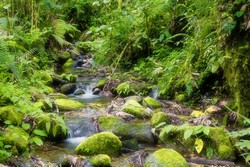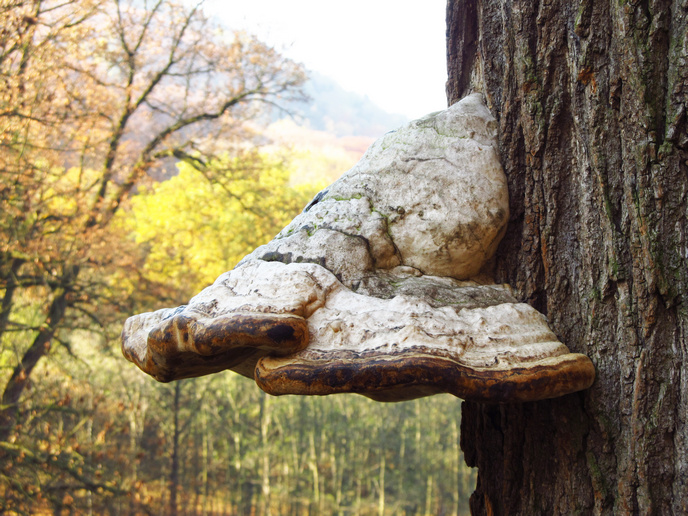Nature holds the secret to neglected diseases therapies
Scientists explored biodiversity hotspots for bioactive compounds from NPs that could be used in the treatment of disease. Up to now, however, this search has somewhat neglected rare parasitic illnesses like ulcerous Leishmaniasis and Chagas disease. The EU-funded CHEMBIOFIGHT (Exploring chemical biodiversity with innovative approaches for fighting Chagas and Leismaniasis) project was set up to find novel natural products able to fight these rare conditions. This was achieved by strengthening partnerships between European and South American research organisations. Seminars, workshops and researcher exchanges ensured that the sharing of expertise and training in the use of state-of-the-art research equipment and techniques was achieved. This enabled the sharing of results and best practice. These collaborations facilitated the collection and high-throughput screening of bio-material, involving plants, marine organisms and fungi, from local biodiversity hot-spots. The novel active compounds discovered were then be characterised and tested for activity against the parasites that cause leishmaniasis and Chagas disease. Researchers also developed a computer model to predict the characteristics of potentially therapeutic compounds using data available within the consortium's chemical libraries. Over 100 different plant species from Europe and South America were collected and screened. Plant extracts were phytochemically investigated, with more than 120 compounds isolated and identified. In addition, plant extracts were analysed using dereplication and metabolomic approaches and 80 compounds were synthesized. By facilitating the mobility of researchers between the two regions, the CHEMBIOFIGHT initiative has helped to reverse the brain drain experienced in Europe and South America. It will also improve the career prospects of the researchers involved, while developing profitable academic cooperation across borders.







